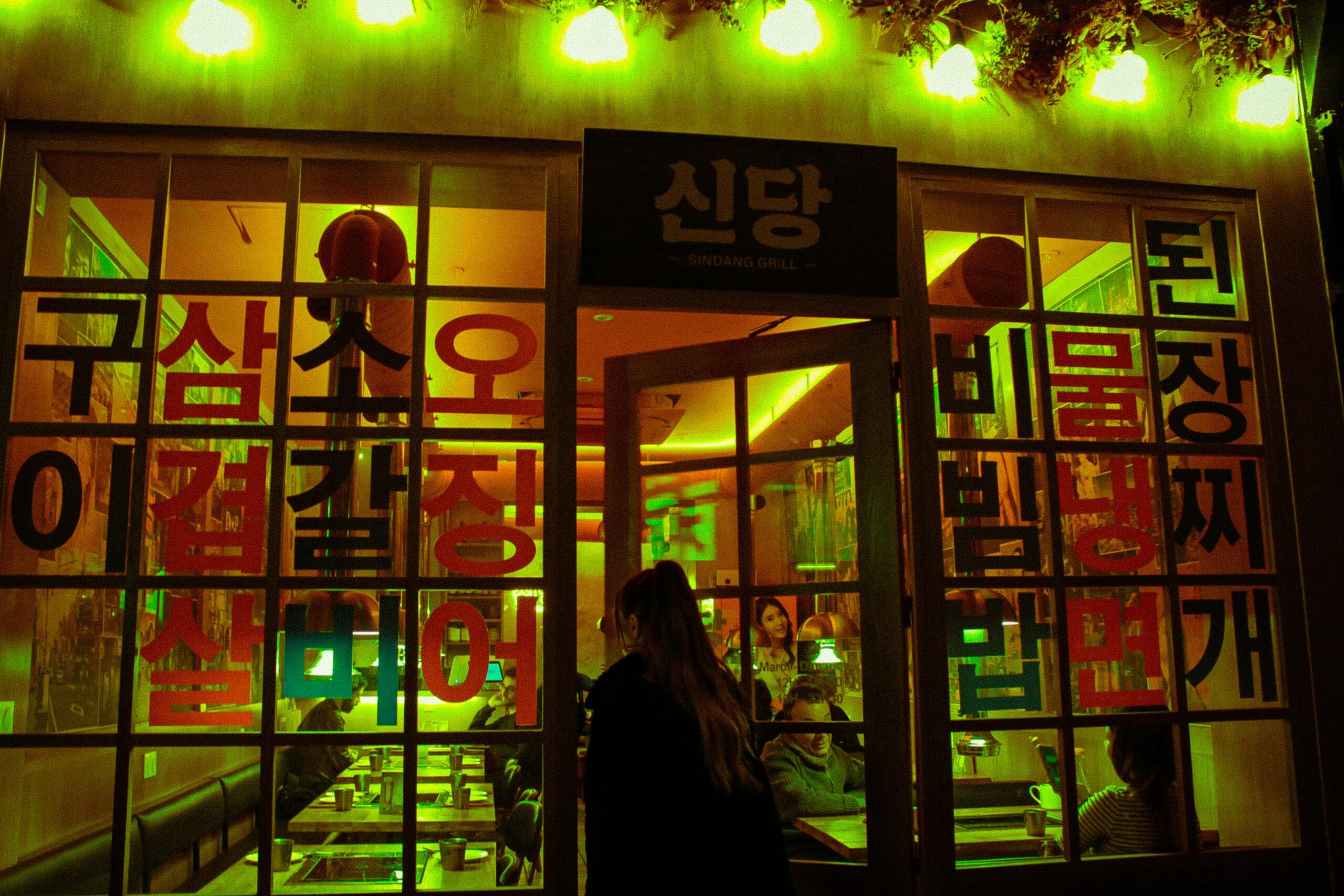Exploring the Vibrancy of Korean Food Markets and Night Markets
Korean food markets and night markets offer a sensory journey into the heart of Korea’s culinary and cultural identity. These bustling hubs go beyond being mere places to eat—they serve as vibrant community spaces where tradition and innovation coexist. From the bustling stalls of fresh produce and street snacks in traditional daytime markets to the neon-lit excitement of night markets brimming with grilled delicacies and unique local treats, these markets reveal much about Korean society, economy, and gastronomy. This article delves into the distinct characteristics of Korean food markets during the day and night, highlighting their historical roots, diverse offerings, social significance, and evolving trends that continue to enchant both locals and visitors alike.
The Historical Roots and Significance of Korean Food Markets
Korean food markets have centuries-old origins as essential centers for commerce and socialization. Traditional markets like Gwangjang Market in Seoul date back to the Joseon Dynasty, serving as critical spaces where farmers, fishers, and artisans gathered to exchange goods. These markets were more than economic hubs; they fostered community bonds and cultural exchanges. The architecture—often open stalls with fabric canopies—and the layout reflect a deep respect for accessibility and social interaction. This historical continuity brings a sense of authenticity and tradition that underpins today’s Korean food markets, allowing visitors to connect with Korea’s rich past through its food culture.
The Unique Food Offerings in Korean Day Markets
Day markets in Korea are renowned for their fresh produce and diverse ingredient offerings, from vivid arrays of kimchi varieties to live seafood. Vendors often specialize in seasonal and regional foods, giving customers access to the freshest and most authentic ingredients available. Moreover, many markets include food stalls serving traditional Korean dishes such as tteokbokki (spicy rice cakes), mandu (dumplings), and bindaetteok (mung bean pancakes), allowing shoppers to experience authentic flavors on-site. This blend of fresh ingredients and ready-to-eat meals reflects the interconnectedness of the market community, where food is both a commodity and a cultural expression.
The Dynamic Atmosphere of Korean Night Markets
When the sun sets, Korean night markets spring to life with an energy unlike any other. These markets combine entertainment with gastronomy, offering an immersive environment where street food vendors serve creative, innovative dishes alongside classic favorites. Night markets such as Dongdaemun and Myeongdong feature a rich variety of street foods—grilled skewers, spicy stir-fries, sweet pancakes, and even fusion dishes blending Korean flavors with global influences. The neon lights, lively crowds, and soundtracks of sizzling grills create a festive ambiance that attracts a diverse crowd, from families to young trendsetters newly discovering Korea’s night-time food culture.
The Social and Cultural Role of Markets in Korean Communities
Korean food markets function as important social hubs beyond their culinary roles. They serve as meeting points where people from various walks of life converge, fostering a sense of community and continuity. Markets often host seasonal festivals, cultural performances, and cooking demonstrations that celebrate local traditions and promote intergenerational learning. These events strengthen community ties, support small businesses, and preserve traditional practices like kimchi-making and fermentation techniques. By sustaining a lively, interactive environment, markets help maintain Korea’s unique cultural fabric amid rapid urban modernization.
Emerging Trends and the Future of Korean Food Markets
In recent years, Korean food and night markets have embraced modernization without losing their traditional charm. Many markets are incorporating technology such as digital payment systems and online platforms to boost convenience and reach younger consumers. There is also an increased focus on sustainability—with vendors using eco-friendly packaging and emphasizing local sourcing. Additionally, fusion cuisine and international influences are becoming more prevalent, reflecting Korea’s growing cultural diversity and global connections. Despite these changes, the markets continue to nurture their core values of community, tradition, and accessibility, ensuring they remain vital and adaptable cultural institutions for years to come.
In essence, Korean food markets and night markets are vibrant living museums of Korea’s culinary heritage and social culture. From their historical origins to the dynamic contemporary scenes, these markets offer more than just food—they provide immersive experiences that engage all the senses and connect visitors to Korean identity on multiple levels. Whether one visits for fresh produce, street food adventures, or cultural festivities, the markets embody the heart of Korea’s community spirit and gastronomic innovation, promising an unforgettable journey of taste, tradition, and togetherness.
